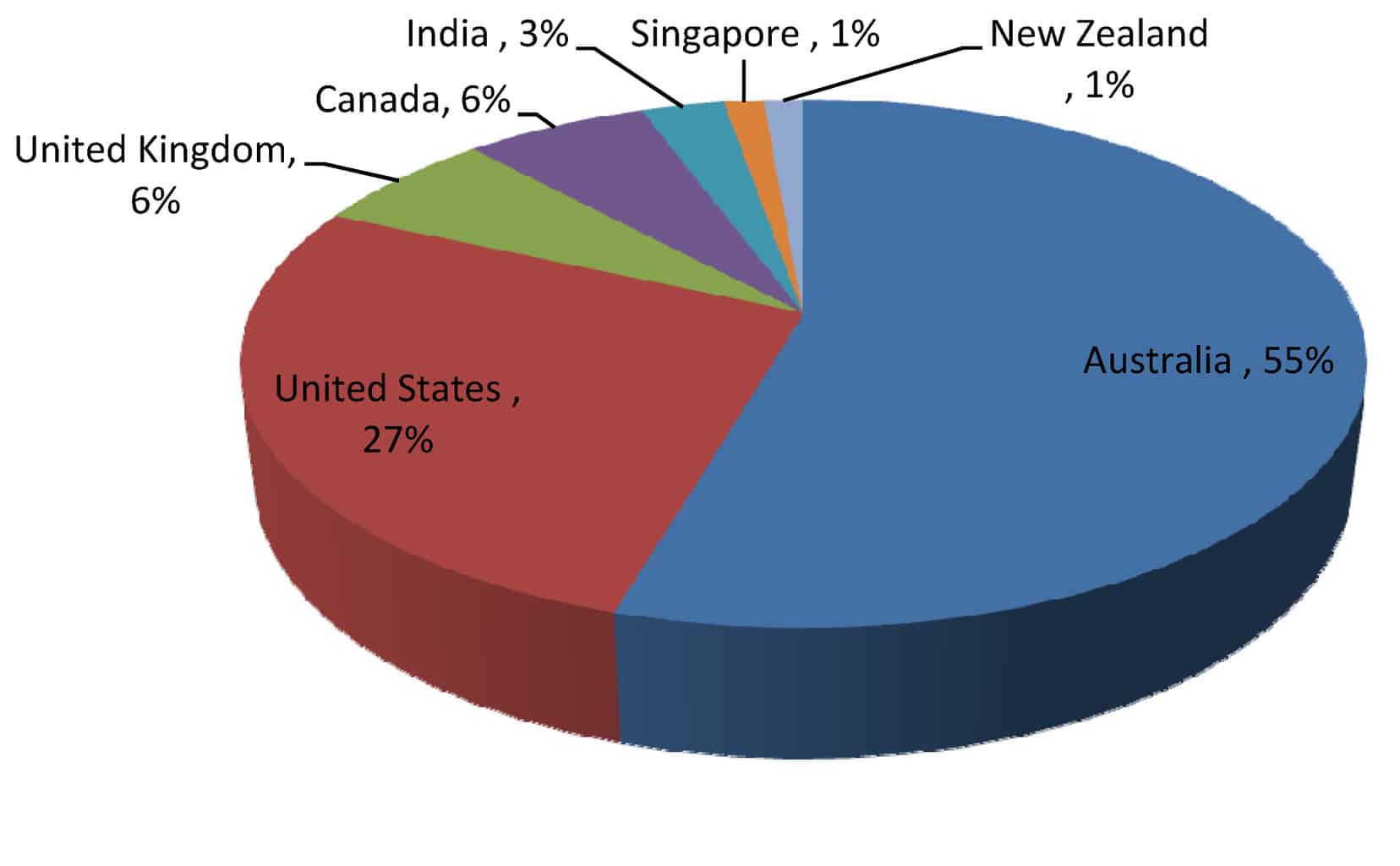SafetyAtWorkBlog has learnt that the national harmonisation process for workers’ compensation has formally begun with one of the first meetings being scheduled in Melbourne at the end of March 2010 and organised by Safe Work Australia. The two-day meeting is invitation only and invitations have been sent to relevant stakeholders – insurers, rehabilitation, providers, unions…… The meeting is almost an introduction to the reform process but could provide a clear indication of the tensions and challenges for this program in the future.
Workers compensation issues in South Australia have been receiving considerable coverage in SafetyAtWorkBlog over the last few weeks. The bigger picture in the complaints that the Australian Government has committed to a program of national harmonisation of workers’ compensation schemes, currently administered separate by each State. This process is a bigger challenge than harmonising workplace safety laws and may be bigger than the reintroduction of a more worker-friendly industrial relations system.
The ABC News bulletin (video available) in Melbourne on 17 March 2010 ran a lead story about doctors’ reluctance to treat injured workers Continue reading “Harmonisation of Australia’s workers’ compensation system begins”

